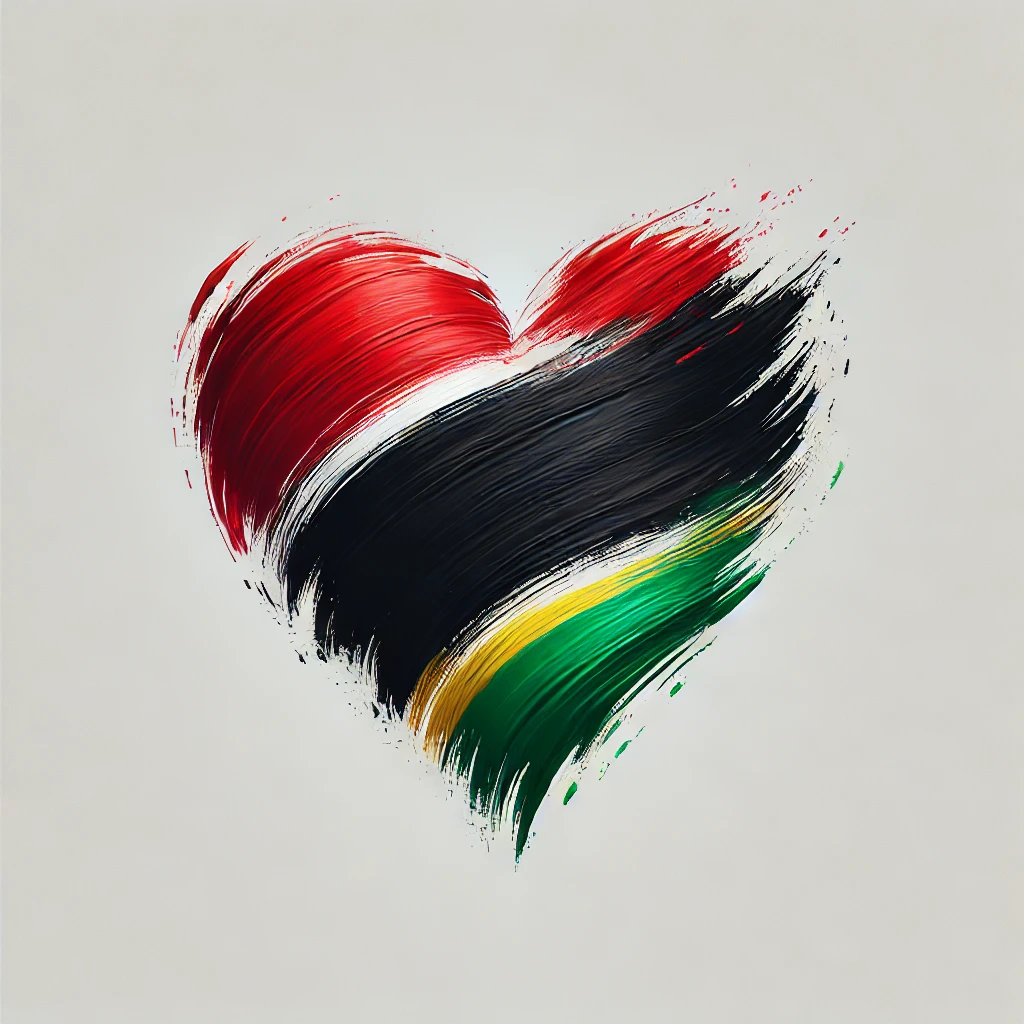
The Role of Art During Slavery: Expressing Pain, Resilience, and Hope
Share
The Role of Art During Slavery: Expressing Pain, Resilience, and Hope
Art has always been a powerful tool for expression, and during the era of slavery in America, it became a crucial medium for enslaved African Americans to convey their experiences, resist oppression, and maintain their cultural identity. Understanding the historical context of this art provides deep insight into its significance and lasting impact.
Art as a Form of Resistance
Enslaved African Americans used various art forms to resist the dehumanizing conditions of slavery. Quilting, for instance, was not only a practical craft but also a subtle form of resistance.
Quilting
Quilts often contained coded messages and symbols that guided enslaved people along the Underground Railroad to freedom. For example, the "Log Cabin" pattern with a black center was said to represent a safe house. Harriet Powers, a notable African American quilter, used her quilts to tell stories and document significant events, combining African symbolism with her Christian faith.
Visual Arts: Hidden Narratives
Despite the harsh restrictions, some enslaved African Americans found ways to create visual art.
Carvings and Pottery
Enslaved individuals created carvings, pottery, and other small, portable items in their limited spare time. David Drake, also known as Dave the Potter, was a notable artist who inscribed his pottery with poetry and his own name, defying the norms that denied slaves literacy and self-expression.
Painting and Drawing
Even under oppressive conditions, some enslaved African Americans managed to engage in painting and drawing. These artworks were expressions of their inner lives and identities, and they often depicted scenes of daily life, religious themes, and symbols of hope and freedom.
Henry Ossawa Tanner
Henry Ossawa Tanner, though born to freed slaves after the abolition of slavery, was deeply influenced by the legacy of enslaved African American artists. His works, such as "The Banjo Lesson," reflect the intimate and personal moments of African American life, carrying forward the traditions and resilience of his ancestors.
Legacy and Impact
The legacy of art created during slavery is profound. It laid the groundwork for subsequent African American artistic movements, influencing everything from the Harlem Renaissance to modern art.
The Harlem Renaissance
Artists like Jacob Lawrence and Aaron Douglas drew inspiration from the themes of resilience and resistance found in slave art. Lawrence's "Migration Series" tells the story of African American migration from the South to the North, echoing the journeys towards freedom undertaken by enslaved people.
Honoring Juneteenth Through Art
As we celebrate Juneteenth, it's essential to honor the artistic traditions that emerged from such a painful period. Contemporary artists continue to draw inspiration from this rich history, creating works that reflect the ongoing struggle for freedom and equality.
Contemporary Exhibits
Art exhibits, such as those at the National Museum of African American History and Culture, often include works that trace the lineage of African American art back to the era of slavery. These exhibits highlight the resilience and creativity of enslaved people and their descendants.
Continuing the Legacy
Art during slavery was much more than a form of expression; it was a vital tool for survival, resistance, and hope. By understanding and appreciating this art, we not only honor the past but also inspire future generations to continue the fight for justice and equality.
